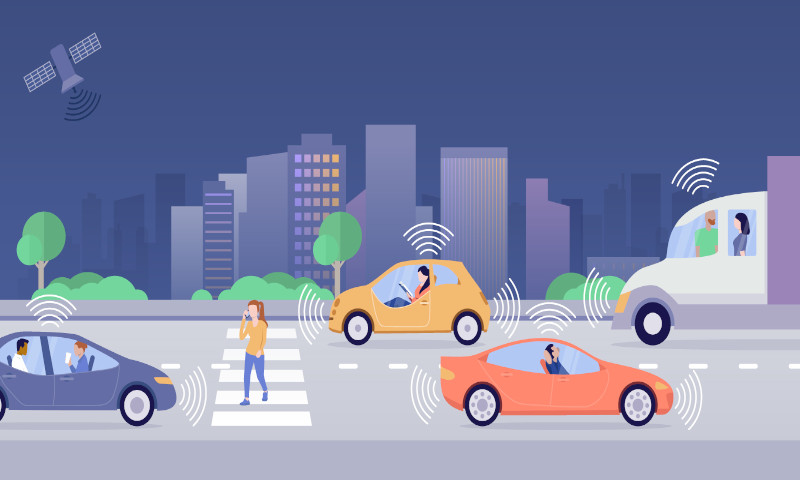Last modified more than a year ago

MIT research suggests autonomous driving is a decade away
MIT (Massachusetts Institute of Technology) Task Force on the Work of the Future has recently released a new research report: “Autonomous Vehicles, Mobility and Employment Policy: The Roads Ahead” on the future of autonomous vehicles. The report is based on the authors’ research and experience in the engineering, social and policy dimensions of automation and autonomy in the environments of the deep ocean, aerospace, and automated vehicle systems.
The report considers the current state of automated driving technology and its impact on jobs. The authors emphasize that despite recent progress by the industry, fully automated driving systems and vehicles without driver on board will take at least a decade to deploy commercially on roads. The research report says that expansion of the technology will likely happen region-by-region in specific categories of transportation across the countries.
The authors express that increasing automation can bring greater impacts to trucking than to passenger vehicles. “Truck drivers do more than just drive, and so human presence within even highly automated trucks would remain valuable for other reasons such as loading, unloading, and maintenance.” say the authors in the report synopsis.
The authors also recommend strengthening career pathways for drivers, increase labour standards, advance public safety and human led truck platooning and promotion of safe and electric trucks.
“Policymakers can act now to prepare for and minimise disruptions to the millions of jobs in ground transportation and related industries that may come in the future, while also fostering greater economic opportunity and mitigating environmental impacts by building safe and accessible mobility systems.” say the authors.
“Human workers will remain essential to the operation of these systems for the foreseeable future, in roles that are both old and new,” says Leonard. “Ensuring a place for human workers in the automated mobility systems of the future is a key challenge for technologists and policy makers as we seek to improve mobility and safety, and thereby opportunity, for all.”
To read the full report, click here.
Picture: the European Parliament


